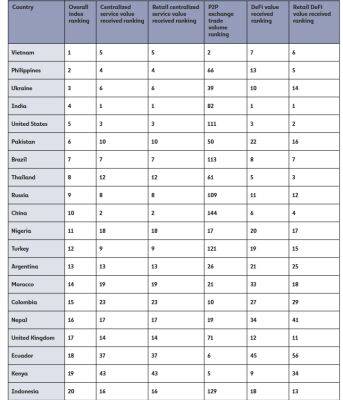Why CBDC may not be the silver bullet to address crypto assets risks
crypto assets led to an acceleration of their CBDC projects: in a May 2022 survey by the Bank for International Settlements, six out of ten respondent central banks agreed. This may have been because a clear assessment of the adoption of crypto assets for different use cases and their impact on the economy appears to have so far eluded policymakers: the same survey indicated that a majority of central banks largely characterized the use of crypto assets in their jurisdictions – both in relation to domestic payments and cross-border payments, as “use by niche groups” and “trivial or no use”. Earlier in February 2022, the Financial Stability Board (FSB) had acknowledged significant data gaps that made an assessment of the impact of crypto assets on financial stability difficult to identify and quantify. The RBI’s stated expectation is that the e₹ will provide the benefits of virtual currencies but at the same time protect financial consumers and avoid the ‘damaging social and economic consequences’ of crypto assets. If it’s too good to be true, it usually is, and this appears to be the case with the RBI’s projection of the e₹ as being a panacea to the many risks associated with crypto assets and stablecoins.
Did you Know?
SAP has launched a new enterprise on the Metaverse with the aim of accelerating cloud adoption among Indian firms. The interactive and immersive ‘cloud on wheels’ platform will enable customers to experience the full range of SAP’s offerings and reimagine processes for improved business outcomes.
View Details »Several motivations drive the adoption of crypto assets, which do not overlap with the e₹ alone. Customers who feel the pinch of a depreciating Rupee (under present foreign exchange rates) are more
Read more on economictimes.indiatimes.com

 economictimes.indiatimes.com
economictimes.indiatimes.com




















